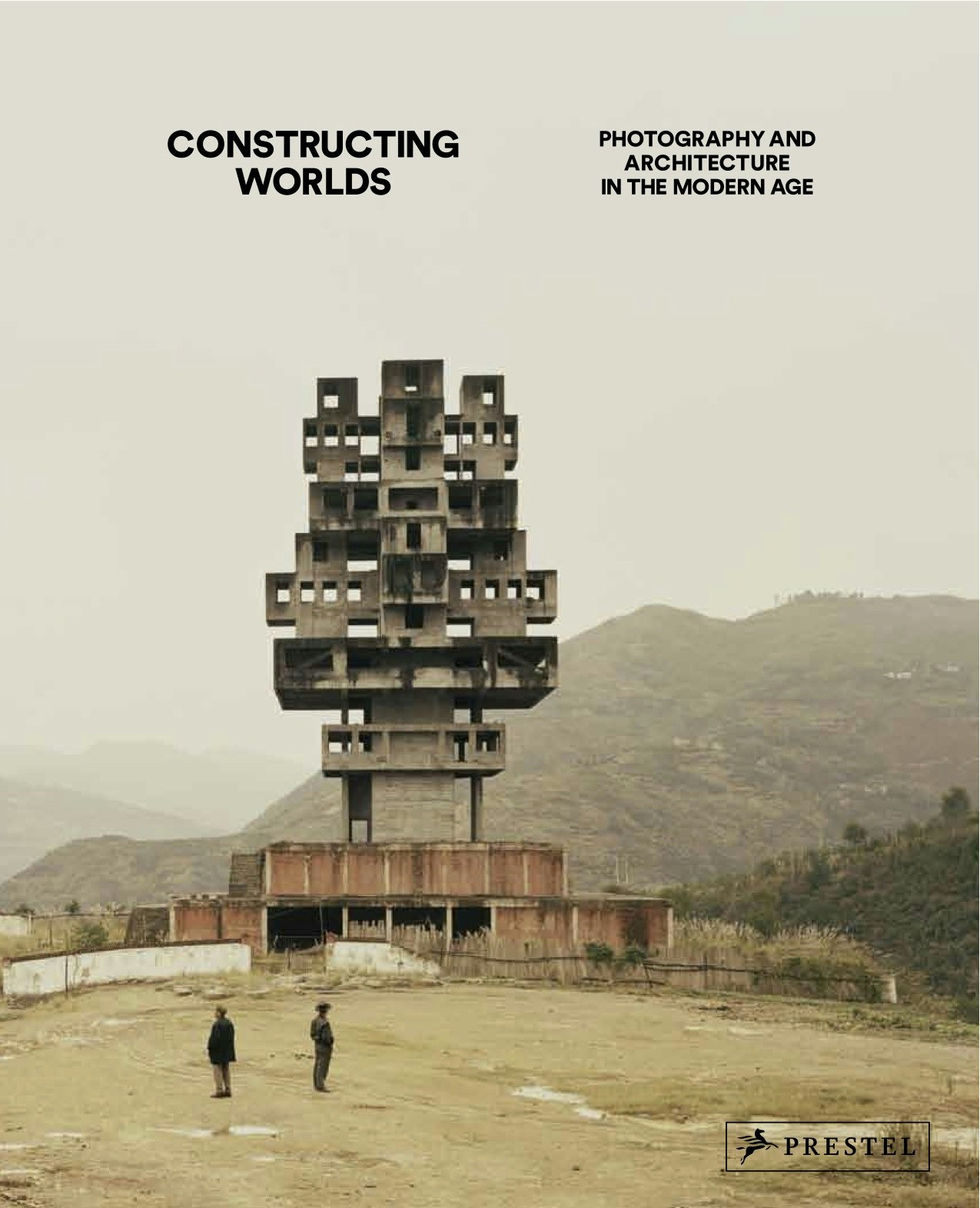Reviewed for Blueprint magazine
Constructing Worlds: Photography and Architecture in the Modern Age
Barbican Art Gallery, 25 Sept 2014 – 11 Jan 2015
In their introduction to the hefty exhibition catalogue for Constructing Worlds: Photography and Architecture in the Modern Age, curators Alona Pardo and Elias Redstone write that 'photography which takes architecture as its subject matter has the ability to communicate wider truths about society'. The basis for this exhibition, this is a belief diametrically opposed to the 'conventional notions' of architectural photography: 'by not simply interpreting the intentions of the architects, but by revealing the lived experience and symbolic value of our built world'.
In this ambition they have been largely successful with the show, designed by Belgium's Office KGDVS with flair while allowing the photographs to remain the stars. Here is room after room of brilliantly chosen works where, according to the Barbican's head of visual arts, Jane Alison, architecture is 'both the protagonist and silent witness'.
The exhibition is organised chronologically and thematically, beginning on the gallery's upper level with a collection of photographers who documented modernism's ascent. The journey proper starts with dizzying images of a transforming New York in the Thirties by Berenice Abbott before heading to the Deep South with depictions of vernacular architecture and poverty by Walker Evans for the Farm Security Administration. This is in-your-face documentary photography, radically modern and far removed from the era's prevailing taste for pictorialism and manipulated imagery.
Incongruously, they are followed by the meticulously styled and suitably glossy editorial images of modernist LA case-study houses by Julius Shulman, depicting modern life free from housework with cocktail hour extending from noon till night. The exhibition gets back on track with Lucien Hervé's insightful photographs of Le Corbusier buildings, particularly his evocative images of Chandigarh, showing it as a lived city rather than a series of sterile architectural studies.
The focus shifts to a celebration of the vernacular, here revealing the efforts of the curators to ensure the exhibition doesn't just reprise each photographer's greatest hits. Rather than Ed Ruscha's iconic series Sunset Strip, we are treated to his aerial photos of empty car parks. Equally, the selection of images by colour photography pioneer Stephen Shore includes many that have never been exhibited before, making this small corner of the show worth the price of admission alone. And pivoting between them is a taster grid of water towers in their myriad variations by the massively influential Bernd and Hilla Becher.
Even in an expansive exhibition such as this, difficult curatorial decisions must be made. The absence of Eugène Atget's images of Paris, which would have made an appropriate introduction to the show, is keenly felt, alongside the omission of influential members of the New Topographics group including Lewis Beltz and Robert Adams. That's not to mention certain members of the Dusseldorf School who studied under the Bechers or the architect-photographer and 'measurer of space', Gabriele Basilico.
The pace slows with work by photographers including Hélène Binet, Hiroshi Sugimoto and Luigi Ghirri. While much of the show deals with big issues such as poverty, globalisation and war, these are more personal meditations on the work of modern and contemporary architects. While featuring some magnificent work - Sugimoto's blurred images of iconic buildings and Ghirri's geometric compositions depicting the works of Aldo Rossi - this section feels less socially relevant and more luxurious than what comes before and after.
The final sequence of photographers is a thrilling climax, depicting cities in flux. Here we find humanity spread before us: Bas Princen's project Refuge, Five Cities (2009) is gobsmacking, while Guy Tillim's riveting series Avenue Patrice Lumumba explores the late-modernistera colonial buildings of Kinshasa and all that their decay symbolises.
The exhibition culminates with Nadav Kander's monumental works of the changing landscape along China's Yangtze River, showing people in their everyday lives against the backdrop of vast construction projects. Iwan Baan's poignant Torre David explores similar themes. He documented an unfinished 45-storey skyscraper in Caracas, a victim of the 1994 collapse of the Venezuelan economy. Yet a developer's disaster became the improvised home for 750 families. Baan recorded the activities taking place in the tower, from a barbershop to weight training.
Baan is an architectural photographer, and his formal compositions impose order on the chaos which takes place within the tower's structural grid. They highlight how architecture takes on an informal life of its own. And the photographs featured in this unmissable exhibition help us to understand the society which inhabits it.

More information about the exhibition, with installation images, at Elias Redstone's website.
